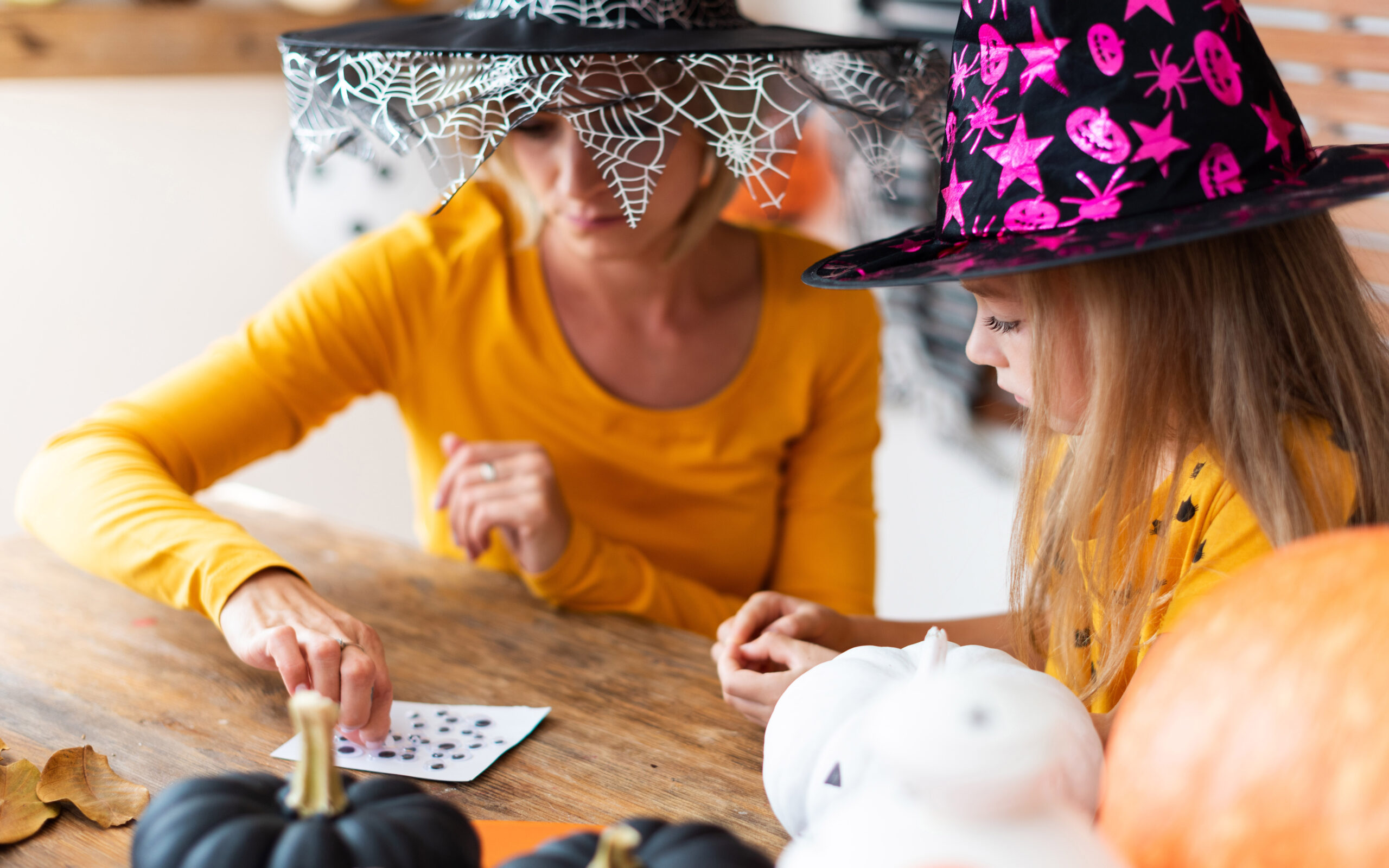
Many thanks to our colleagues at Seattle Children’s for the following great list of tips!
- Let your child practice wearing their costume at home. This gives you time to make any last minute modifications and time for your child to get used to it.
- Write a social story describing what your child will do on Halloween.*
- Create a visual schedule. This might include a map of where you will go.**
- Practice trick or treating in a familiar environment. Visit friends and family, if possible, even neighbors.
- Keep trick or treating short and comfortable. Consider letting siblings (who might want to go longer) go trick or treating with a friend.
- Use role play to practice receiving and giving treats.
- If your child has difficulty with change, you may want to decorate your home gradually.
- Remember, Halloween looks different for every child on the spectrum and you know your child best. Use your intuition and if you only make it to three houses, that’s okay!
When preparing for Halloween, if you need help making a social story or a visual schedule or want to troubleshoot different concerns or ideas you have around trick or treating and Halloween, please ask your Children’s Therapy therapist—we’re here to help.
*Learn about social stories and how to make one here.
** Download Halloween visuals here from Monarch Center for Autism.

